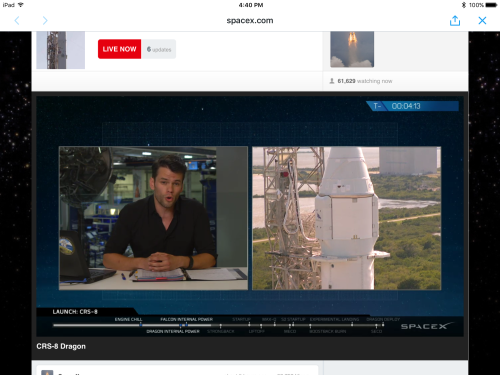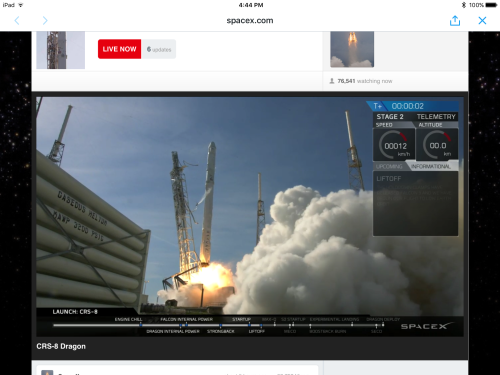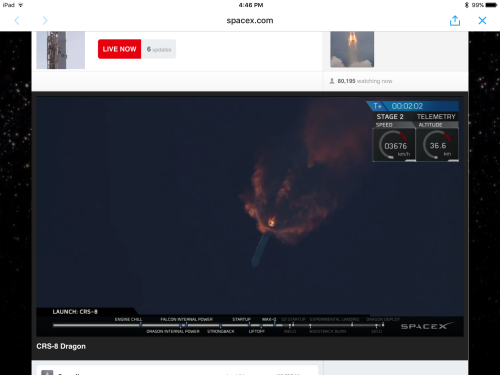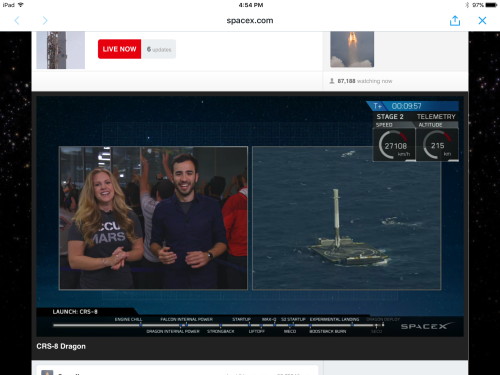Over a year ago (November 2014) I wrote “personal moon shot – designing a personal spaceship to leave earth.” An awful lot has occurred since then, both personally and in the space industry itself. In particular were the launch failures of the Cygnus CRS Orb-3 ISS resupply and the crash of VSS Enterprise (with loss of life) in October 2014, followed the next year by the loss of Roscomos’ Progress 59 ISS resupply mission in early May, followed by SpaceX’s CRS-7 ISS resupply mission failure in late June 2015.
Space, in other words, is very, very hard. And its failures are heightened even more so because of the string of successes that lull us into a false sense of invincibility. The companies that do this already have incredible intellectual breadth and depth as well as a vast institutional knowledge built up over years of operation. Yet let your attention to detail waver just a little and you invite disaster. Who do this? Because when you succeed at space flight and space exploration, the rewards are immense and incredibly consciousness expanding in a very good way. Even for those of us on Earth doing this vicariously.
Which makes my little ramblings about building a personal spaceship appear even more ludicrous. But you never know until you at least investigate, and I have the history of space flight to imbue me with considerable humility.
Oddly enough, it was the success of this past Friday’s SpaceX launch and Falcon 9 first stage landing that re-invigorated my investigations. I’ve been wanting to go back and get re-organized and going again, and here was the perfect event to kick things off.
I’m using OmniGrapple to do my system diagrams instead of Visio. If you look at the high-level diagram from the first post it’s all over the place with oddball arrows connecting the various systems. This time I reorganized the diagram a bit, with easier to follow symmetry, and eliminated the arrows. I also want to stress that this is high level. As I progress in this exercise those high level systems may be changed, and in particular, we will be decomposing downward over time. As for dependencies, we’ll do that later.
Energy
Energy is one of those oh-so obvious needs, but one that’s always glossed over when talking about space flight and space craft. I’m always amused by the large and complex space craft in science fiction, especially on TV and in the movies. You see these huge artificial structures being driven across space with magical engines to faster-than-light speeds. And then there are the sybaritic living conditions on board these space craft. All of this demands vastly huge amounts of energy. Star Trek got away with powering the Enterprise with anti-matter, being deliberately vague on the details (along with those damnable dilithium crystals). So what exactly would a notional energy budget look like for a space craft built with more conventional technology? What would it involve?
- Kinetic energy. This is the energy required to lift the total spacecraft (craft, crew, fuel, and supplies) off the surface of the Earth, allow for transfers from Earth to a destination, such as the Moon, landing on said destination, then lifting off again and returning to Earth, where whatever is left lands back on Earth. Always remember we have to deal with Newton’s First Law of Motion. Getting going is only half the problem. You have to slow down in a controlled fashion, and no, simply slamming into your destination is not an option, due to the consequences of rapid unscheduled disassembly.
- Motive energy. This is the energy locked up in the space craft propulsive systems. I call it motive energy because it could be composed of many types propulsion systems. This is the energy used to satisfy the overall kinetic energy needs in the first bullet.
- Operational energy. This is the energy needed to operate the space ship itself. Electricity of some form comes to mind as that’s what is needed to power all the onboard computer systems as well as the electrical control systems and life support. Without operational energy the space ship is a lifeless unresponsive hulk, and you wind up dead very quickly.
- Thermal energy. This is a byproduct of the use of the first three bullets, as well as the thermal energy constantly coming from the Sun above the Earth’s atmosphere and bathing the spacecraft. That energy must be controlled, or else, once again, you wind up dead due to too much heat (Skylab had this issue) or too little heat (Apollo 13 had this issue). While it’s obviously important to maintain a comfortable temperature for the living passengers, complex computer systems also have their operational temperature limits. So you’re going to have to figure out how to manage heat by removing it from where it isn’t needed, to where it is, and somehow dumping the rest away from the spacecraft.
The next post will be about life support, specifically supporting humans in space. We’ll talk about daily fundamental needs and begin to look at how much is needed over time. It’s a logistical issue that the International Space Station has had to deal with on a large scale since Expedition 1 in November 2000.









You must be logged in to post a comment.